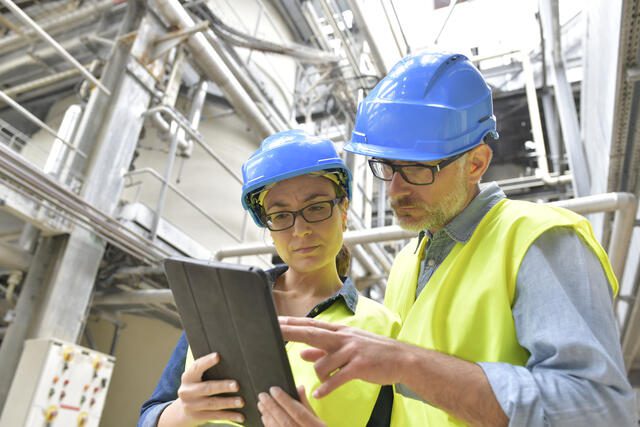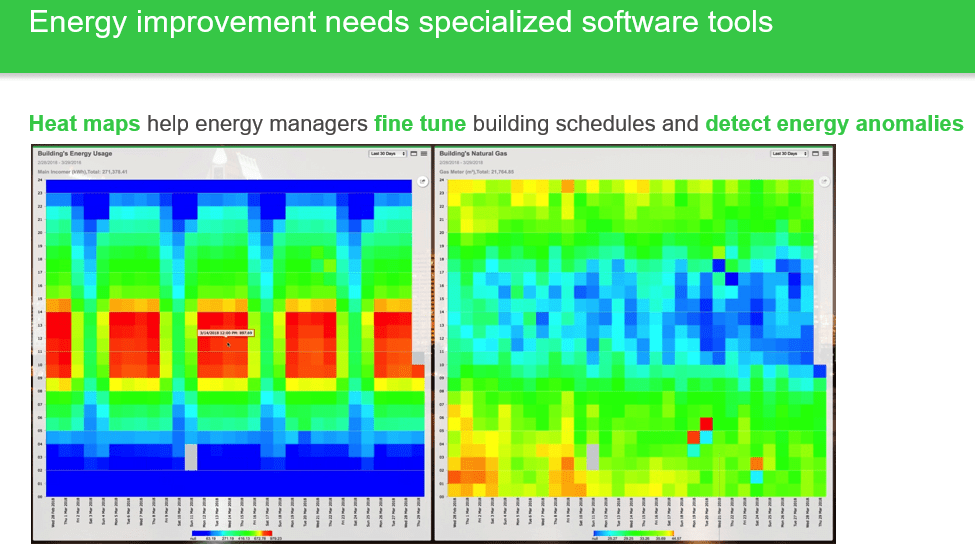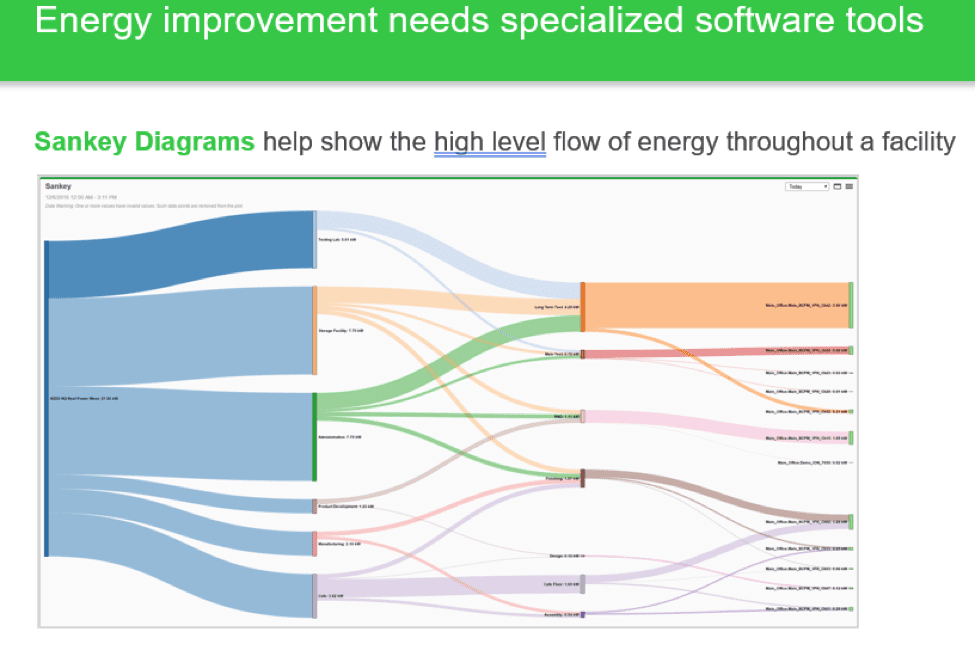Welcome back to this series on how commercial and industrial organizations are optimizing their power and energy performance to help meet business and sustainability goals. This post is part two in our discussion on boosting your energy IQ to improve your energy performance.
In my first post, we discovered how improving energy efficiency can reap massive savings, but sustaining those energy savings requires a structured approach.

From manufacturing plants to commercial buildings, and from government facilities to military bases, organizations around the globe are using the international ISO 50001 energy management standard to help them achieve their sustainability goals. The 2018 survey by the International Standardization Organization (ISO) reports that well over 46,000 sites worldwide have adopted the ISO 50001 standard.
The ISO standard offers a framework that helps establish policies, objectives, and processes that puts an organization on a journey of continuous improvement, based on a plan-do-act-check model. This requires appropriate information and analysis tools to help determine where and how energy is being used, reveal opportunities, audit performance as actions are taken, and set and compare against benchmarks.
With an energy management system framework and tools in place, an organization can look forward to taking the journey to becoming a top energy performer. I like to consider this journey in three stages: energy awareness, improvement, and optimization. Let’s look at each of these in detail.
1. Building Energy Awareness
Start with asking some basic questions about your current utility usage, such as:
- How much do you spend, and how does that break down for electricity, gas, and water?
- What’s using the most energy in your facility – processes, equipment, loads?
- Are there opportunities to reduce energy consumption?
These are important questions, but where do you get this information? Engaging employees at this point will not only help you progress more quickly, but it will also usually will translate into better results in the long term. As a team, you can look at these data sources:
- Utility bills and load profiles. Your utility bills will reveal monthly usage, demand surcharges, and power factor penalties. You can also often gain access to 15-minute demand profile data that you can study to determine what activities are causing your peak demand charges. You might even identify billing errors that could be costing you tens of thousands of dollars or euros, if you operate a large facility.
- Energy audits. You may need consultative support for this step, if you don’t have the expertise in house. Energy audits can range from basic to comprehensive, but most will include a review of utility bills and load profiles, inspection of your facility energy systems, and energy measurement spot checks. The consultant will deliver an audit report with recommendations for areas of improvement. They can also help you with stakeholder reviews and building your energy management plan.
2. Taking Action for Energy Improvement
The next stage is to ‘fix the basics’ by taking some straightforward actions to reduce energy usage. Here are some examples:
- Equipment upgrades and retrofits. The simplest, most easily justifiable way to improve energy efficiency is to replace old equipment with newer, higher efficiency models. Upgrading lighting, HVAC, variable speed drives, or refrigeration systems can, on average, yield between 10 and 15 percent energy savings.
- Tuning automation schemes. Most automation and control systems are programmed for operational results: buildings are prioritized for comfort and safety; industrial plants focus on productivity and output. By tuning automation schemes, energy savings from 5 to 15 percent can often be achieved.
- Continuous energy monitoring. For top energy performance, continuous monitoring is essential. You can start small with a few meters and software, then build onto your system over time. Having and using an energy management system can reduce energy usage between 5 and 15 percent.
So why is energy monitoring so important? It reveals how energy is being used everywhere throughout your facility, including helping you precisely measure the energy usage of important equipment. By submetering in this way, you’ll identify and resolve energy anomalies. Without continuous monitoring, it’s likely that your facility will slip back to previous consumption levels.
Best-in-class energy management software will provide facility teams with powerful energy visualization tools to help identify opportunities and take action.
For example, heat maps show how much energy is being used at different periods in a day, highlighting unusual patterns.
Diagram 1, Heat maps

A Pareto Analysis can help you select the best place to focus your energy efficiency efforts.
Diagram 2, Pareto Analysis

A Sankey Diagram helps reveal where the largest energy flows are within a facility. Of course, all these tools require comprehensive, facility-wide metering.
Diagram 3, Sankey Diagram

3. Optimizing for Continuous Savings
The third stage of your energy management journey is to step beyond simply tracking energy usage and reacting when you see energy being wasted. You should now have baselines established for systems and processes throughout your facility and be able to see when actual usage varies from what you expect. You can regularly make fine adjustments to improve efficiency in a quantifiable way. You can see how you’ve improved energy performance since last year and are on the path to continuous improvement.
To make the best decisions, you need to go beyond simply tracking raw energy use. Normalizing energy use against drivers like outside temperature or production output will give you a more accurate view of true energy intensity. Normalization is an excellent method, but you are still looking at data ‘after the fact.’
Energy modeling is a powerful tool that lets you see energy performance in real time and compare it to an expected trend. By taking multiple variables into account, you can increase the accuracy of the model. For example, base loads are first input into the model, then correlated against influencing factors such as temperature, equipment status, or production conditions. Next, business rules such as work hours, weekends, and holidays are integrated, as well as production schedules.
The energy model is a formula that will help you see ahead to how much energy consumption is expected, depending on all relevant factors, and quantify how much energy was saved or wasted. Modeling is an essential capability in supporting the ISO 50001 standard, enabling you to measure true energy performance using automatically calculated energy performance indicators (EnPI).
Finally, using these modeling tools enables you to do energy forecasting. For example, your plant can determine the expected energy consumption related to forecasted production outputs.
EcoStruxure™ Power solutions from Schneider Electric offer facility-wide metering and continuous energy measurement and analysis capabilities, including advanced normalization and modeling. They also provide EnPI reporting directly compliant with the ISO 50001 standard. To learn more about EcoStruxure Power, check out our website and eGuide.

